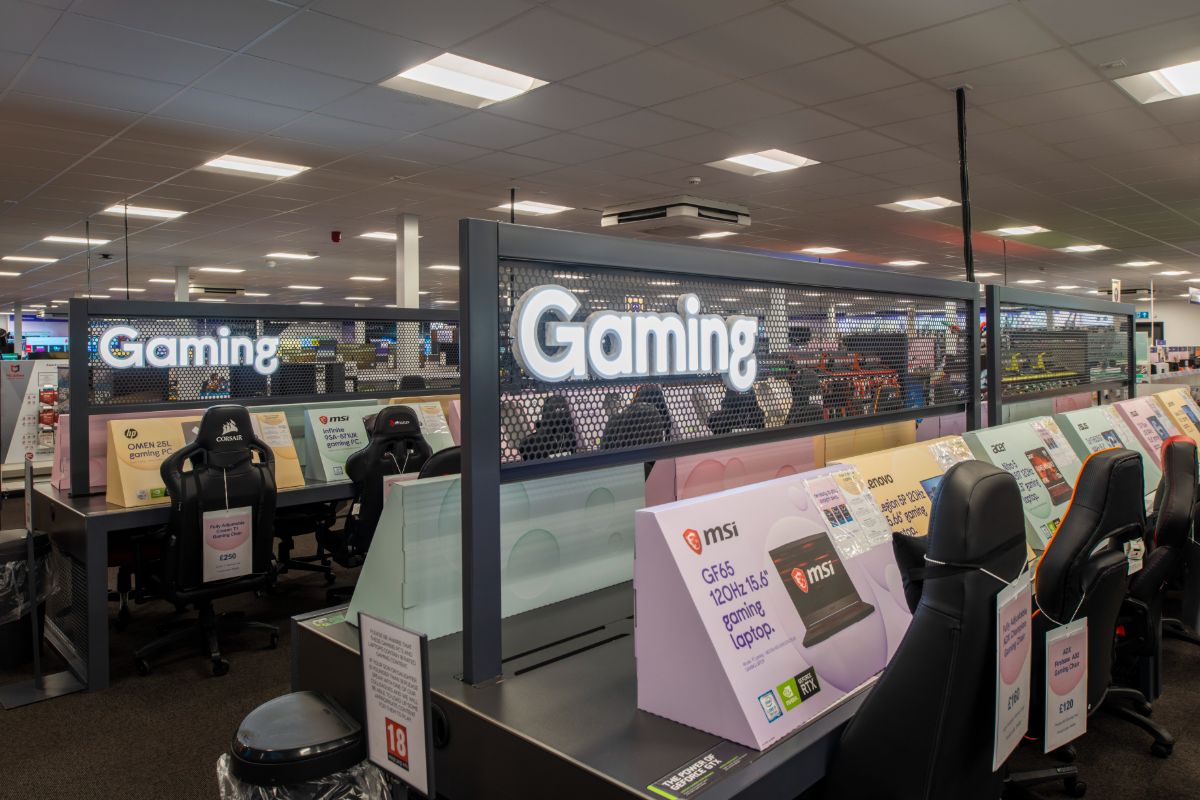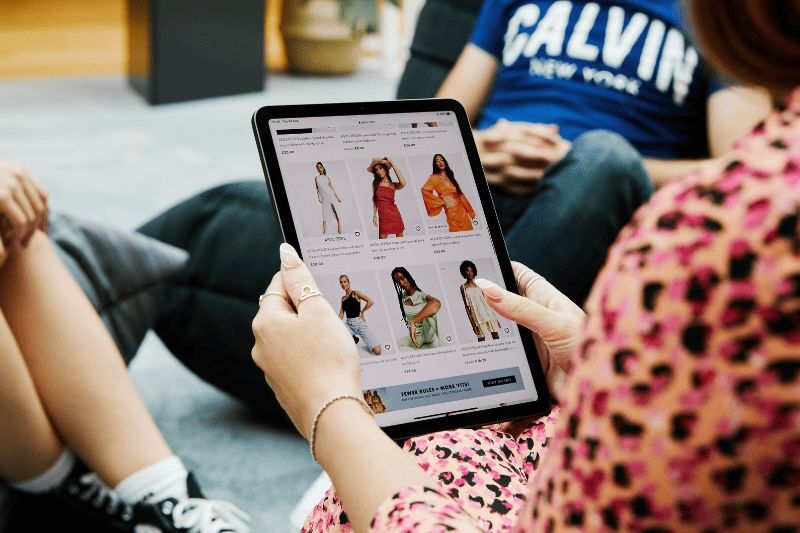With the imminent holiday season shaping up to be the biggest m-commerce event to date, brands and retailers need to make the most of the opportunity. A real understanding of how a shopper’s path to purchase is influenced by their specific device and operating system is vital to making the most of that opportunity, according to Tradedoubler’s research report Mobile Devices & Behaviour, released this week.
Available for download here, tradeDoublers report, Mobile Devices & Behaviour, reveals that on the path to purchase, iPhone owners are canny and confident users of apps and performance-based channels to enhance their shopping experiences and search for bargains. 75% of iPhone owners surveyed use apps daily and 28% search for vouchers and coupons at least once a week. 25% search for vouchers in-store and 22% receive location-based special offers. 21% have price comparison apps and 23% have daily deals installed on their iPhones, whilst 20% use their phone as a loyalty card.
iPhone owners are the most engaged users, and are most likely to access the mobile web daily (80%), research products weekly (46%) and make purchases weekly or more often (20%).
Despite BlackBerry owners being most likely to describe mobile commerce as a frustrating experience, they are still active shoppers, representing an affluent and time-poor group second only to iPhone owners in regularly researching products (31% at least weekly), hunting down coupons and purchasing weekly or more often using their handsets (13%).
Android owners are the second most likely group to describe mobile purchasing as a frustrating experience and they lag behind when it comes to engaging with their device for mobile commerce with only 10% purchasing weekly, making them currently the least important target.
The rapid growth in tablet ownership adds complexity, but also opportunity to the mobile commerce landscape. 23% of smartphone owners already own a tablet and an additional 36% plan to acquire one within the next year. Tablet owners are more likely to convert research on their device into a purchase, with 35% saying it is a preferred means of purchasing products. They are significantly more likely to buy higher ticket items, with nearly one in five (18%) having spent more than £500 in one transaction.
An effective mobile site is essential for those targeting a broad mobile audience. Android owners are far more likely to research purchases on the mobile browser, 19% versus 9% who use apps. A place on price comparison sites, offering strong integration with barcode apps, becomes essential for influencing purchase decisions for this group.
“Our research shows that shoppers’ paths to purchase on mobile can resemble a maze,” says Dan Cohen, Market Unit Leader, Tradedoubler. “So understanding how different mobile devices and operating systems influence and drive consumer behaviour – from the initial research through to the point of purchase – is vital.
“For example, unlike experienced iPhone users, many Android owners are experiencing a smartphone for the first time. However, given the platform’s growing share, it will become increasingly important to engage Android owners effectively,” Cohen says.
The report recommends that brands and retailers looking to take advantage of mobile should adopt a seamless approach across online and off-line channels with mobile-optimised websites and tracked affiliate programmes, reinforced by special daily deals, voucher codes and other relevant performance marketing initiatives to drive additional revenues.
“The varying patterns of behaviour across different devices revealed by our research leave marketers with two options when it comes to developing a mobile strategy for performance marketing: target solutions at the groups who are most engaged with shopping on their devices, or develop a strategy that can work across devices and channels by side-stepping the limitations and frustrations of certain platforms. We believe that by targeting investment carefully, brands and retailers may be able to achieve both,” advises Cohen.








